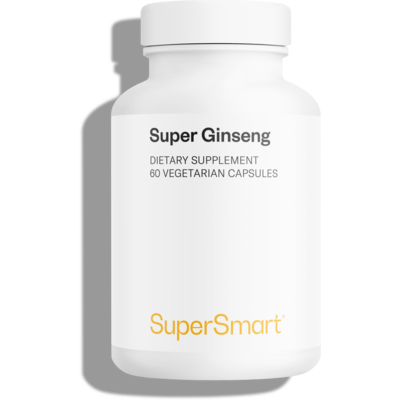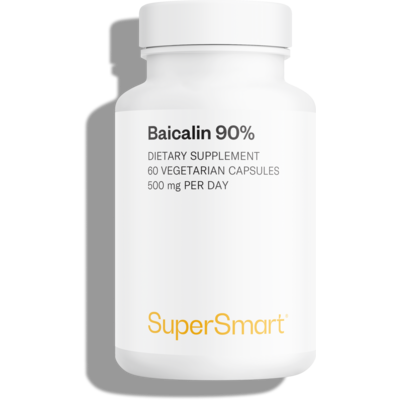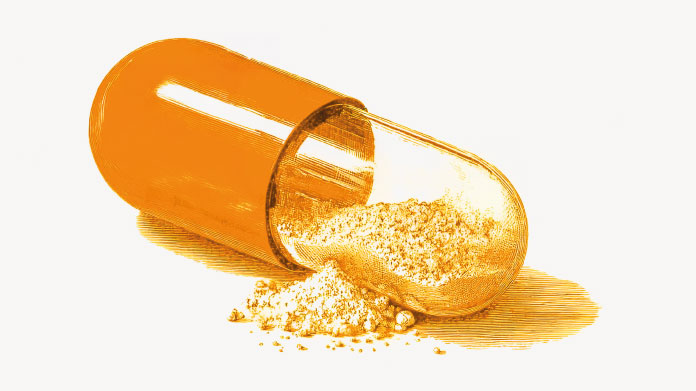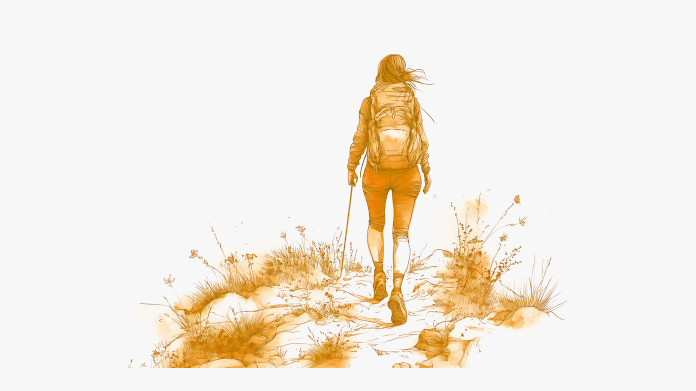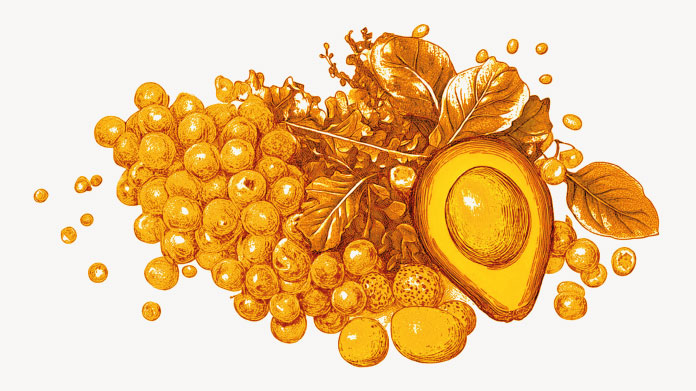Tao and traditional Chinese medicine: principles and treatments
Based largely on Taoism, traditional Chinese medicine dates back more than 2500 years. Let’s take a look at its key principles and characteristic remedies.
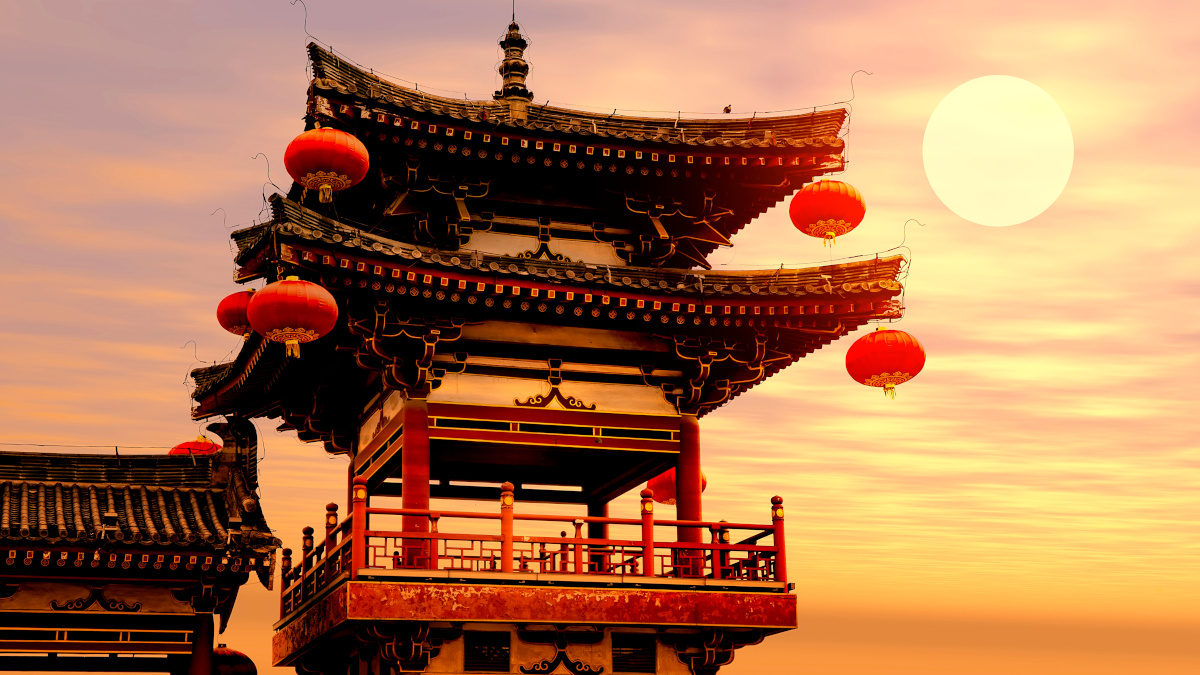
Tao’s place in Chinese medicine
Traditional Chinese medicine (TCM) is intrinsically guided by a principle called Tao (literally ‘way’ or ‘path’). Inherently unqualifiable and elusive, and constantly moving, it creates and brings to life all living things.
It is, of course, the principle behind Taoism, the major school of thought that emerged in the 1st century BC. To attain wisdom, Taoists must follow the natural laws of the universe. Life appears as a sequence of cycles of destruction and regeneration called ‘Movements’. As we’ll see later, this dimension has significantly influenced the Chinese approach to medicine.
Key principles of traditional Chinese medicine
The concepts of Chinese medicine were initially passed on verbally, the first written record being The Yellow Emperor’s Inner Classic. As the centuries passed and new anatomical discoveries were made, its founding principles became clearer, giving rise to an extremely rich and sophisticated practice (1).
Like Japanese kampo medicine, traditional Chinese medicine (TCM) - from which kampo takes its inspiration - adopts a holistic approach in which the individual is considered as a whole, rather than separating mind and body.
To support its practice, TCM draws on various philosophical concepts including Qi. This corresponds to an individual’s vital energy or life force, the free flow of which through the body’s meridians is evidence of good general health (2).
Embodied in the Tao symbol, Yin and Yang reflect the concept of duality. These two forces are not opposed but complementary and interact continuously in all aspects. Thus Yin represents femininity, the moon, darkness and cold, while Yang symbolises masculinity, the sun, light and heat. These two concepts are primarily involved in the work of energy-rebalancing(3).
The Five Movements Theory describes the dynamic processes that underlie each ‘cycle’ of life. These movements take their name from five elements: Wood, Fire, Metal, Water and Earth. They have the distinctive feature of being interdependent on each other, with a mutual relationship of generation and control. For example, Wood is generated by Water, it generates Fire, it controls Earth and is controlled by Metal.
How does this relate to Chinese medicine? This theory is transposed to human physiology, with each Movement corresponding to an organ (4). So the Liver is Wood, the Heart is Fire, the Spleen and Pancreas are Earth, the Lungs are Metal and the Kidneys are Water. This concept extends to organ spheres, vast areas of ‘affinity’ specific to each organ. A particular organ is thus associated with a season, a direction, an emotion and even a flavor (this varies depending on the school).
Practices and treatments of Chinese medicine
In light of these principles, TCM works to remove energy blockages and maintain a state of physical, mental and spiritual equilibrium. It acts as much to prevent as to cure.
It is built around 5 key pillars (5):
- phytotherapy: regarded as a national treasure, the Chinese pharmacopoeia contains more than 5000 substances, 200-600 of which are widely used today (6) ;
- Chinese dietetics: in Chinese medicine, good digestion supports the flow of Qi. Foods have their own Yin and Yang which affect energy balance (7) ;
- acupuncture: well-known in the West, this consists of inserting fine needles into subcutaneous tissue to stimulate certain meridian points and get Qi moving again (8). It is still used today for preventive and therapeutic purposes and to complement modern medicine. It can be combined with moxibustion (stimulation of energy points by applying a cone or stick of moxa (ground mug wort leaves)) to warm the blood (9) ; .
- Tui Na massage : considered a dynamic form of massage, this includes 300 distinct types of manipulation based on acupressure, rolling and energy exercises. Again, the aim is to rebalance Qi (10) ;
- energy exercises: these include Qi-Gong (focusing on breathing, relaxation and meditation) and Tai Chi, a martial art elevated to the rank of ‘health gymnastics’ (11-12).
The ‘stars’ of the Chinese pharmacopoeia
In Chinese medicine, plants are usually combined synergistically to maximise their respective actions. Observing their physical characteristics such as color, nature (warm, cold, neutral), taste, moisture level and mode of action (purifying, dispersing, invigorating or purging), provides information on their therapeutic profile. A patient’s pre-disposing factors also determine the choice of treatment.
One of the best-known Chinese medicinal plants is Asian ginseng (to be found in the product Ginseng 30%). Long-considered a panacea, it was regarded as a general body-booster and source of vital energy, stimulating Yang (13). Today’s studies recognize its ability to fight fatigue, support immunity and maintain cognitive performance (14).
Dispelling cold from the stomach, ginger (available in the formulation Super Gingerols) was particularly coveted for maintaining digestive health, especially for the relief of nausea and vomiting (15). The purifying properties of Chinese watermelon (Dong Gua Pi) meanwhile, were used to cleanse the gut, decongest the lungs and soften the skin. By preventing Qi from stagnating, spicebush root (Wu Yao) was associated with supporting well-being in women and addressing kidney disfunction (17).
Listed for hundreds of years in the traditional Chinese pharmacopoeia, Baikal skullcap or Huang Chin (from which we get the active compound Baicalin), has a particular tropism for the liver, lungs and nervous system (18-19). Along with bupleurum root, pinellia, jujube, liquorice, ginseng and ginger, it features in the Chinese remedy Sho-Saiko-To, traditionally targeted at liver health.
SuperSmart ADVICE
References
- Marshall AC. Traditional Chinese Medicine and Clinical Pharmacology. Drug Discovery and Evaluation: Methods in Clinical Pharmacology. 2020 Mar 2:455–82. doi: 10.1007/978-3-319-68864-0_60. PMCID: PMC7356495.
- Flowers J. What is qi? Evid Based Complement Alternat Med. 2006 Dec;3(4):551-2. doi: 10.1093/ecam/nel074. Epub 2006 Oct 23. PMID: 17173121; PMCID: PMC1697751.
- Huang Y, Yao P, Leung KW, Wang H, Kong XP, Wang L, Dong TTX, Chen Y, Tsim KWK. The Yin-Yang Property of Chinese Medicinal Herbs Relates to Chemical Composition but Not Anti-Oxidative Activity: An Illustration Using Spleen-Meridian Herbs. Front Pharmacol. 2018 Nov 15;9:1304. doi: 10.3389/fphar.2018.01304. PMID: 30498446; PMCID: PMC6249273.
- Tang Q, Hao Y, Song J, Sun L, He J. Does the traditional Chinese medicine theory of five circuits and six qi improve treatment effectiveness? A systematic review of randomized controlled trials. Journal of Traditional Chinese Medical Sciences. 2018 Oct;5(4):350–60. doi: 10.1016/j.jtcms.2018.12.004. Epub 2018 Dec 17. PMCID: PMC7147195.
- Matos LC, Machado JP, Monteiro FJ, Greten HJ. Understanding Traditional Chinese Medicine Therapeutics: An Overview of the Basics and Clinical Applications. Healthcare (Basel). 2021 Mar 1;9(3):257. doi: 10.3390/healthcare9030257. PMID: 33804485; PMCID: PMC8000828.
- Ergil KV, Kramer EJ, Ng AT. Chinese herbal medicines. West J Med. 2002 Sep;176(4):275-9. PMID: 12208838; PMCID: PMC1071750.
- Lee MM, Shen JM. Dietary patterns using Traditional Chinese Medicine principles in epidemiological studies. Asia Pac J Clin Nutr. 2008;17 Suppl 1:79-81. PMID: 18296307.
- Van Hal M, Dydyk AM, Green MS. Acupuncture. [Updated 2022 Jul 25]. In: StatPearls [Internet]. Treasure Island (FL): StatPearls Publishing; 2022 Jan-. Available from: https://www.ncbi.nlm.nih.gov/books/NBK532287/
- Deng H, Shen X. The mechanism of moxibustion: ancient theory and modern research. Evid Based Complement Alternat Med. 2013;2013:379291. doi: 10.1155/2013/379291. Epub 2013 Sep 12. PMID: 24159344; PMCID: PMC3789413.
- Yang M, Feng Y, Pei H, Deng S, Wang M, Xiao X, Zheng H, Lai Z, Chen J, Li X, He X, Liang F. Effectiveness of Chinese massage therapy (Tui Na) for chronic low back pain: study protocol for a randomized controlled trial. 2014 Oct 29;15:418. doi: 10.1186/1745-6215-15-418. PMID: 25352050; PMCID: PMC4228121.
- Toneti BF, Barbosa RFM, Mano LY, Sawada LO, Oliveira IG, Sawada NO. Benefits of Qigong as an integrative and complementary practice for health: a systematic review. Rev Lat Am Enfermagem. 2020;28:e3317. doi: 10.1590/1518-8345.3718.3317. Epub 2020 Jul 15. PMID: 32696918; PMCID: PMC7365612.
- Pan X, Tian L, Yang F, Sun J, Li X, An N, Xing Y, Su X, Liu X, Liu C, Gao Y, Xing Y. Tai Chi as a Therapy of Traditional Chinese Medicine on Reducing Blood Pressure: A Systematic Review of Randomized Controlled Trials. Evid Based Complement Alternat Med. 2021 Sep 4;2021:4094325. doi: 10.1155/2021/4094325. PMID: 34527058; PMCID: PMC8437614.
- Wee JJ, Mee Park K, Chung AS. Biological Activities of Ginseng and Its Application to Human Health. In: Benzie IFF, Wachtel-Galor S, editors. Herbal Medicine: Biomolecular and Clinical Aspects. 2nd edition. Boca Raton (FL): CRC Press/Taylor & Francis; 2011. Chapter 8. Available from: https://www.ncbi.nlm.nih.gov/books/NBK92776/
- Kang S, Min H. Ginseng, the 'Immunity Boost': The Effects of Panax ginseng on Immune System. J Ginseng Res. 2012 Oct;36(4):354-68. doi: 10.5142/jgr.2012.36.4.354. PMID: 23717137; PMCID: PMC3659612.
- Zhang M, Zhao R, Wang D, Wang L, Zhang Q, Wei S, Lu F, Peng W, Wu C. Ginger (Zingiber officinale Rosc.) and its bioactive components are potential resources for health beneficial agents. Phytother Res. 2021 Feb;35(2):711-742. doi: 10.1002/ptr.6858. Epub 2020 Sep 20. PMID: 32954562.
- Islam MT, Quispe C, El-Kersh DM, Shill MC, Bhardwaj K, Bhardwaj P, Sharifi-Rad J, Martorell M, Hossain R, Al-Harrasi A, Al-Rawahi A, Butnariu M, Rotariu LS, Suleria HAR, Taheri Y, Docea AO, Calina D, Cho WC. A Literature-Based Update on Benincasa hispida (Thunb.) Cogn.: Traditional Uses, Nutraceutical, and Phytopharmacological Profiles. Oxid Med Cell Longev. 2021 Dec 10;2021:6349041. doi: 10.1155/2021/6349041. PMID: 34925698; PMCID: PMC8683187.
- Cai H, Wang J, Luo Y, Wang F, He G, Zhou G, Peng X. Lindera aggregata intervents adenine-induced chronic kidney disease by mediating metabolism and TGF-β/Smad signaling pathway. Biomed Pharmacother. 2021 Feb;134:111098. doi: 10.1016/j.biopha.2020.111098. Epub 2020 Dec 16. PMID: 33341058.
- Zhao T, Tang H, Xie L, Zheng Y, Ma Z, Sun Q, Li X. Scutellaria baicalensis Georgi. (Lamiaceae): a review of its traditional uses, botany, phytochemistry, pharmacology and toxicology. J Pharm Pharmacol. 2019 Sep;71(9):1353-1369. doi: 10.1111/jphp.13129. Epub 2019 Jun 24. PMID: 31236960.
- Limanaqi F, Biagioni F, Busceti CL, Polzella M, Fabrizi C, Fornai F. Potential Antidepressant Effects of Scutellaria baicalensis, Hericium erinaceus and Rhodiola rosea. Antioxidants (Basel). 2020 Mar 12;9(3):234. doi: 10.3390/antiox9030234. PMID: 32178272; PMCID: PMC7139475.
Keywords
-48
SuperSmart's Eye Pressure supplements: highly recommended!
I purchase SuperSmart's Eye Pressure supplements regularly for over 5 years, and gotta say they are truly a wonderful product for my Glaucoma. Highly recommended if you have eye pain from your Glaucoma.
D. Martinez
4 Days
Quick service
Quick service
MONELL
5 Days
Speedy service.
Speedy service.
ROSENTHAL Marvin
8 Days
Clear website- Efficient
Clear website. Excellent search engine and fast delivery!
Mohamad Hussein
11 Days
They have great products.
They have great products.
Vickie
11 Days
Great Shipping Time!
You Have A Great Shipping Time! Praise The Lord!
DMHoge
13 Days
Doctor Recommended!
Good pricing, very good availability, doctor recommended (couldn't find what I needed anywhere else), and it took only a week to arrive (which I can't complain about).
Al
14 Days
Great product and fast shipping
Great product and fast shipping
Marie
15 Days
New customer 1
I got my order fast and on time.
SA
15 Days
Great Service
Fast, good communication, as promised.
Juli
19 Days
Thrgood product website is easy to use and shipping…
Thr website is easy to use and shipping is very fast.
Richard Kienzle
20 Days
I like and recommend it!
I like and recommend it!
CRUZ Francisco
21 Days
Really like that they don’t have…
Really like that they don’t have fillers in their supplements. Great customer service and quality products
Becky E. Stiles
27 Days
Catalase.
Great catalase product.
John Yagi
38 Days
I always receive my products on time.
I always receive my products on time.
Kelly

